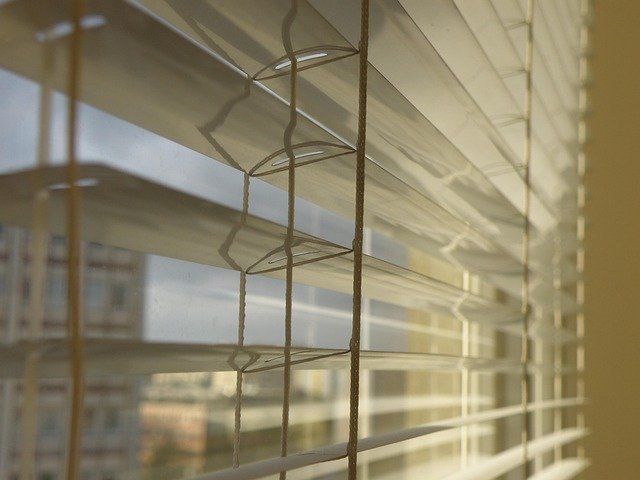Window Treatments Guide: Blinds vs Curtains Simplified
Discover how to choose the ideal window treatments for style, privacy, and energy savings. This guide compares blinds and curtains, explains curtain fabrics and blind types, shows how to layer treatments for maximum effect, and gives maintenance tips and price ranges to help you decide.

Curtains: Fabrics, Styles, and Uses
Curtains can change the look and feel of a room through fabric choice, hue, and texture. Sheer panels let daylight filter in while still giving a level of privacy, whereas blackout curtains block light completely and also help insulate a room. Common materials include cotton, linen, velvet, and polyester blends; each material suits different needs and aesthetics — cotton and linen for a casual, breathable feel, velvet for a luxe look, and synthetics for durability and easy care.
Why Combine Blinds and Curtains
Layering window coverings adds both function and visual interest. Mounting blinds behind curtains gives you precise control over light and privacy while the drapery softens the window and improves acoustics. This pairing is practical for seasonal shifts — use sheer curtains and adjustable blinds in summer, then add heavier panels in winter for better insulation — and it creates a more refined, finished appearance for any room.
Care and Maintenance Tips
Routine upkeep keeps treatments looking and performing their best. Dust blinds frequently to prevent buildup and wipe them with a damp cloth or appropriate cleaner as needed. Curtains should be cleaned according to their fabric: many cotton and synthetic panels are machine washable, while delicate or lined drapes may require professional cleaning. When choosing window coverings for busy rooms or homes with children and pets, prioritize easy-care fabrics and robust blind materials.
Energy Efficiency and Temperature Control
Window coverings significantly affect a home’s thermal performance. Cellular (honeycomb) shades and thermal-lined curtains trap air and reduce heat loss, which can lower heating bills. In warm weather, reflective or light-colored blinds help deflect solar heat to keep interiors cooler. Selecting the right combination based on your climate and sun exposure can meaningfully reduce energy usage year-round.
Popular Window Treatment Types and Price Ranges
- Vinyl Blinds: $15–$50 per window — Budget-friendly and simple to clean.
- Wooden Blinds: $60–$200 per window — Sturdy with a timeless, warm appearance.
- Cellular Shades: $50–$150 per window — Excellent insulation and gentle light diffusion.
- Cotton Curtains: $30–$100 per panel — Washable, adaptable to many styles.
- Blackout Curtains: $40–$150 per panel — Block light completely and add thermal protection.
- Custom Drapes: $200–$1,000+ per panel — Tailored fit with premium fabrics and finishes.
Note: Listed prices are general estimates based on current information and can vary by region, retailer, and custom options. Always research and compare quotes before making a purchase.
Choosing the right treatment is a mix of practical needs and personal style. Consider how much light control and privacy you require, the maintenance you’re willing to do, and the energy-saving benefits you want. Whether you select blinds, curtains, or a layered approach, understanding these factors will help you pick window coverings that look great and perform well for your home.






